The Extinct Mascarene Grey Parakeet (Psittacula bensoni)
The extinct Mascarene Grey Parakeet (Psittacula bensoni) was a unique parrot species found only on the Mascarene Islands in the Indian Ocean. Once abundant across Mauritius, Réunion and possibly other islands, this brilliantly colored parakeet disappeared in less than 200 years following human colonization of the islands.
Today, the Mascarene Grey Parakeet serves as a poignant reminder of the fragility of island ecosystems. Its sad demise was precipitated by extensive deforestation and unrelenting hunting pressure from early settlers. Within decades of the arrival of Dutch sailors in 1598, these graceful parakeets had vanished from the Mascarene skies.
This comprehensive article traces the natural history of the Mascarene Grey Parakeet, from its origins on the isolated Mascarene archipelago to its rapid descent into extinction. We will examine what is known about its behavior and ecology, the reasons for its catastrophic disappearance, and the lessons its decline can teach us. The story of the Mascarene Grey Parakeet illuminates the destructive power our species can wield, often inadvertently, on vulnerable island biota. But it also inspires current efforts to prevent similar human-caused extinctions worldwide.
History
The origin of the Mascarene Grey Parakeet is closely tied to the geological formation of the Mascarene islands. Situated over 500 miles east of Madagascar, Mauritius, Réunion, and other Mascarene islands emerged from volcanic activity over 8 million years ago. These young, oceanic islands were uninhabited by humans until the Age of Discovery.
Lacking predatory mammals, the Mascarenes developed a rich biodiversity of reptiles, birds, and plants. The grey parakeet was one of many unique bird species that colonized the islands from Madagascar and evolved in isolation. Fossil evidence shows parakeets were well established in the Mascarenes by the Late Pleistocene.
Dutch sailors first discovered Mauritius in 1598, describing the island as home to numerous parakeets and parrots. More detailed accounts of the grey parakeet emerged in the 1700s from French colonists and explorers. French naturalist Philibert Commerson wrote of the parakeets’ beauty and abundance, noting their loud calls echoed through the forests.
But the arrival of Europeans and slaves brought devastation for the grey parakeet. Extensive deforestation and hunting rapidly depleted populations in the following decades. The last reliable sighting was in 1834 on Réunion. Sporadic unconfirmed reports continued until the early 1900s, when the species was considered almost certainly extinct.
Physical Appearance
The Mascarene Grey Parakeet was a medium-sized parakeet reaching about 36 cm (14 inches) in total length. Its tail accounted for approximately half its total length. The wingspan ranged from 8-10 inches (20-25 cm).
Average weight was likely between 85-100 g (3-3.5 oz), similar to related parakeet species. The predominant plumage color was ash grey, with a blackish cap on the head. The undertail coverts were tinged bluish-white.
Descriptions emphasize the parakeet’s most striking feature was the facial pattern. A prominent black line ran through the eyes, bordered above by a pale whitish band. The cheeks and around the ears were violet-grey. The stout beak was vivid red, fading to orange on the lower mandible. Legs were typical parakeet with two toes facing forward and two back.
Males and females looked similar, but females had a less vibrant reddish beak. Juveniles started out duller in coloration before molting to adult plumage. No complete specimens exist today, so details come from paintings and written accounts.
The species was closely related to the dravidian subspecies of the Rose-Ringed Parakeet native to India and Sri Lanka. It differed in its darker grey coloration and facial markings. Its movements and raucous calls likely resembled others in the Psittacula genus.
No complete specimens exist today. Only a few paintings and written accounts provide clues about the parakeet’s appearance. Additional subfossil remains could shed more light on its plumage and morphology.
Habitat and Distribution
The Mascarene Grey Parakeet was endemic to the Mascarene Islands in the western Indian Ocean, east of Madagascar. Its natural range spanned the islands of Mauritius, Réunion, and possibly the smaller neighboring islands of Rodrigues, Round Island and Cargados Carajos.
This species inhabited the native forests and woodlands of the Mascarenes. Early accounts depict the parakeets as numerous in the intact forests of Mauritius and Réunion. They likely nested in tree cavities and fed on forest fruits, seeds, nectar, and insects.
On Mauritius, the grey parakeet occupied both the drier forests of the coastal lowlands and upland rainforests. In Réunion’s volcanic highlands, they favored mountain forests dominated by tropical hardwood trees. Deforestation across most of these islands severely reduced the extent of suitable habitat.
The small geographic range and specialized habitat likely contributed to the grey parakeet’s vulnerability. Its distribution quickly shrank as forests were cleared for agriculture and timber. Predation and competition from invasive species were other threats exacerbated by loss of native forest habitat.
Diet
Like most parakeets, the Mascarene Grey Parakeet was primarily herbivorous, feeding on a variety of fruits, seeds, nectar and other plant material. Early French accounts described them as fond of gnawing away at trees to obtain sap. Their powerful beaks allowed them to open hard nuts and fruit.
Forest trees that likely provided food included native guava, bois d’olive, tambalacoque, and laburnum. Banana and mango trees introduced by colonists may also have been eaten. Along with plants, they supplemented their diet with some small insects and possibly eggs and nestlings of other birds.
The parakeets often fed socially in pairs or noisy groups. Flocks would descend on fruit trees and focus intently on foraging. Both parents fed their young regurgitated food in the nest. Available food abundance and distribution probably dictated seasonal movements.
Like other parrots, the Mascarene Grey Parakeet not only ate but destroyed and dispersed seeds. Their key ecological role as seed predators/dispersers declined in tandem with their dwindling numbers. The loss of this species likely impacted regeneration of indigenous forests.
Extinction Theories
The disappearance of the Mascarene Grey Parakeet can be attributed to a combination of human activity and environmental factors. Several key extinction theories have been proposed over the years.
Deforestation
Widespread clearing of forests for timber and agriculture drastically reshaped the landscape of Mauritius, Réunion, and other Mascarene islands during colonization. This deprived grey parakeets of nesting cavities in mature trees and reduced the abundance of fruit and seed food sources. For example, prime nesting tambalacoque trees were heavily targeted for timber.
Overhunting
Grey parakeets were hunted extensively for food, sport, and the pet trade in the 18th-19th centuries. Contemporary accounts described frequent shooting of the colorful birds. Expeditions capture hundreds of grey parakeets to sell in Madagascar. This uncontrolled hunting decimated the small populations.
Invasive Predators
The introduction of non-native mammals brought egg and nestling predators like rats, cats, and monkeys. These further stressed grey parakeet breeding success. Nest raids by invasive Indian myna birds were another threat.
Disease
European colonists may have inadvertently introduced new avian diseases that proved deadly to native island bird species like the grey parakeet with no prior exposure. However, there is no direct evidence of epidemics.
Natural Disasters
Cyclones periodically strike the Mascarenes. Severe storms could have damaged forest habitat and wiped out remaining populations clustered in a small area. However, the parakeets survived such events before human arrival.
Small Population Size
The grey parakeet’s restriction to several small islands likely meant it always had a relatively small population size. This natural limitation made it vulnerable to extinction through any combination of the threats above.
Conservation Efforts
By the time the plight of the Mascarene Grey Parakeet was recognized in the 19th century, the species was already rare and declining. Conservation efforts then and in the 20th century failed to recover the vanished parakeet.
Attempts were made to locate any remaining grey parakeets after decades without sightings. In the 1920s, British ornithologist Stanley S. Flower led three expeditions to Mauritius to search forested areas for the species. He found no definitive evidence the parakeet still persisted.
Other surveys in the 1950s-1960s also proved fruitless. By this time, the species was almost certainly extinct. However, protection of its habitat may have benefitted other rare endemic birds of the Mascarenes that still survive today.
Although the Mascarene Grey Parakeet is gone, its story has helped galvanize preservation of other parrots. Many related species remain endangered by the pet trade and habitat loss. Ensuring the survival of these beleaguered species is one way to honor the memory of the remarkable parakeet lost to the Mascarenes.
Significance and Legacy
The extinction of the Mascarene Grey Parakeet stands as a poignant example of the enormous human capacity to alter island ecosystems. Its disappearance, within 200 years of human contact, highlights the vulnerability of island birds that evolved without predators.
This parakeet represents one of many endemic species lost from the Mascarenes following colonization. Its demise parallels other extinct species like the dodo and Réunion giant tortoise. Together, these cases illustrate the fragility of island biodiversity.
Yet the story of the Mascarene Grey Parakeet also inspired early conservation efforts to preserve other endangered island wildlife. Passionate naturalists like Stanley S. Flower brought international attention to the plight of rare species in the Mascarenes and beyond.
While nothing could be done for the departed parakeet, its memory continues to motivate habitat protection campaigns for surviving endangered species on oceanic islands worldwide. Though extinct, the grey parakeet’s legacy still echoes through today’s conservation work.
Conclusion
The Mascarene Grey Parakeet occupies a small but significant niche in the history of extinction. Its rapid demise on the Mascarene Islands centuries ago reminds us of mankind’s potential to wreak havoc on naïve island ecosystems.
Through extensive deforestation and relentless hunting, humans unintentionally drove this unique parrot to extinction within a few generations of discovery. The grey parakeet proved defenseless against the onslaught of invasive species and landscape destruction that accompanied European colonization.
Today, we must learn from this cautionary tale of annihilation. Improved legal protections, habitat restoration, and control of invasive predators can help conserve endangered island birds. The losses of the Mascarene Grey Parakeet and other extinct island species must not be in vain.
Although this remarkable parakeet is gone, it should not be forgotten. Its story will continue to inform efforts to prevent other ecological tragedies on the world’s remote islands. We owe it to the Mascarene Grey Parakeet and its lost kindred species to build a future where humans and nature coexist in harmony, not destruction.

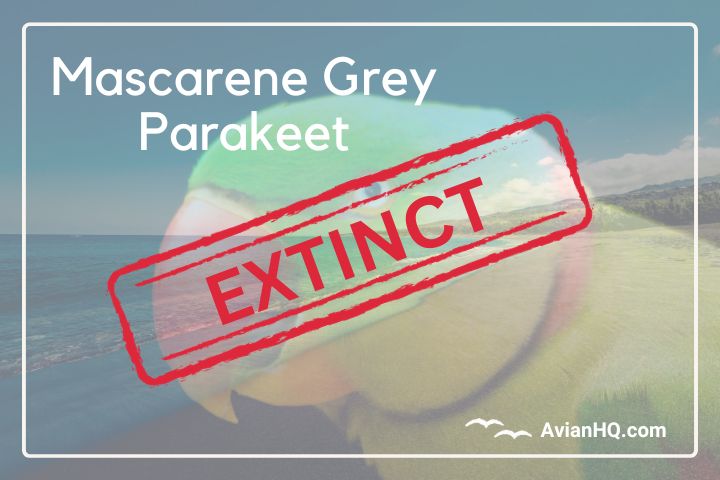

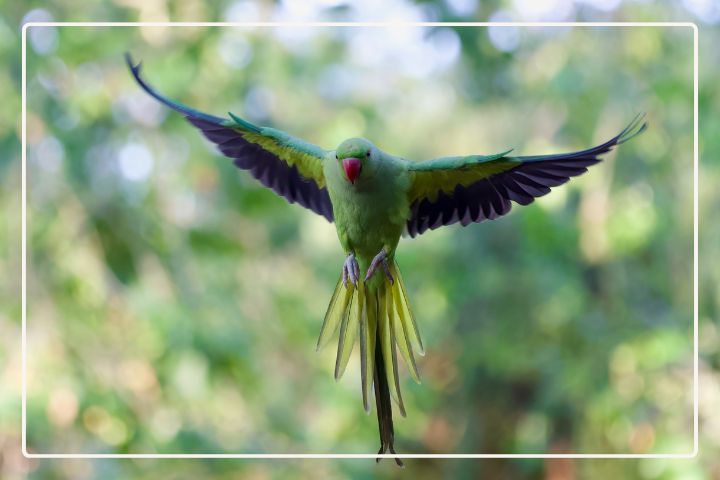

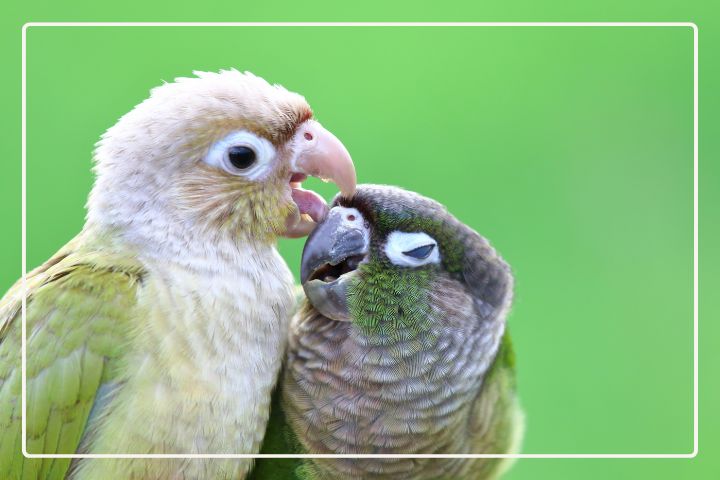
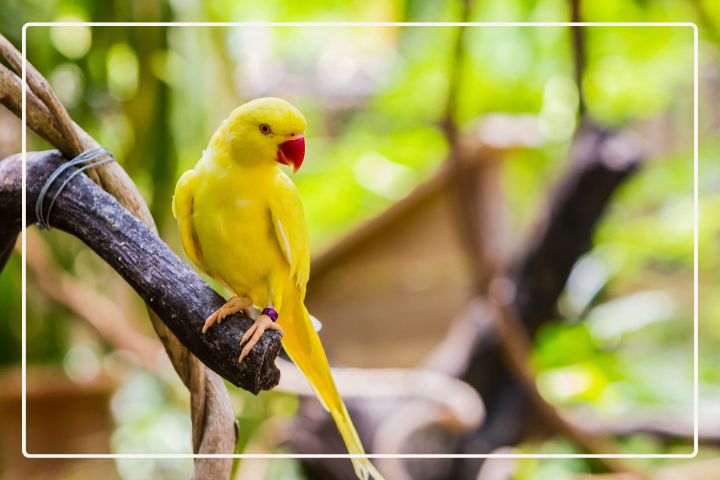
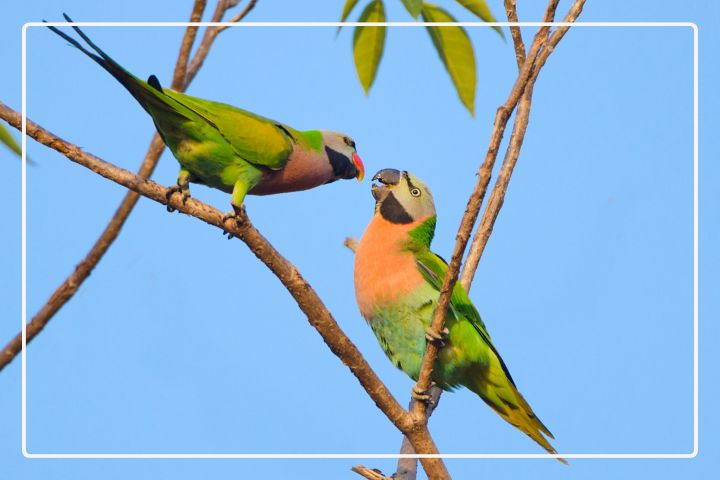
I have recently started a web site, the information you offer on this website has helped me greatly. Thanks for all of your time & work. “Everyone is responsible and no one is to blame.” by Will Schutz.